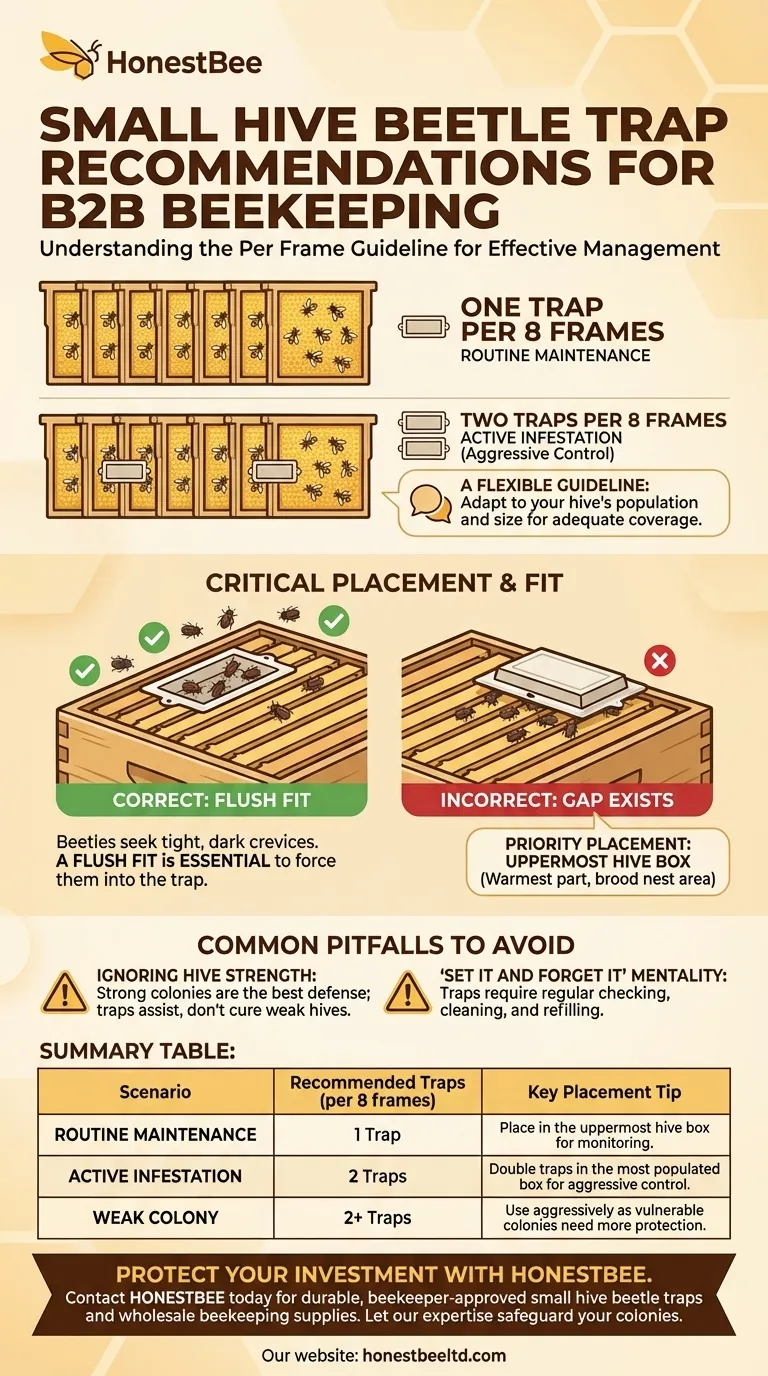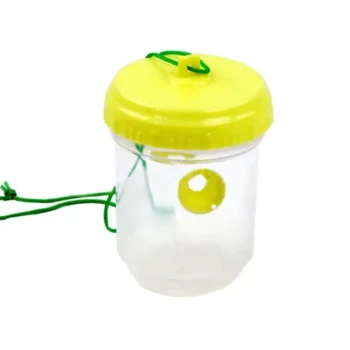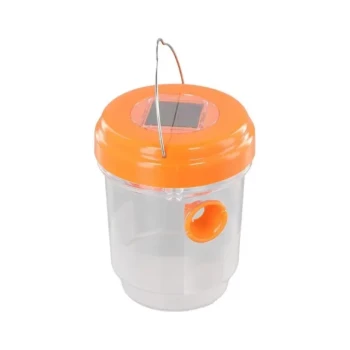As a general rule, the recommended number of small hive beetle (SHB) traps is one trap for every eight frames of bees for routine maintenance. If you are dealing with a known or heavy infestation, this should be increased to two traps for every eight frames for more aggressive control.
The number of beetle traps is a starting point, not a fixed rule. True effectiveness comes from adapting the quantity and placement of traps based on the specific size of your colony and the visible level of beetle activity.

Understanding the "Per Frame" Guideline
The "one trap per eight frames" ratio is a flexible guideline designed to scale with your hive's population and size. It ensures you provide adequate coverage without over-investing in unnecessary traps.
For Routine Maintenance
For a standard, healthy hive, placing one trap in the uppermost hive box is often sufficient. This acts as a preventative measure and a monitoring tool to alert you to any increases in beetle population.
For Active Infestations
When you visibly see multiple beetles scattering across the frames when you open the hive, it's time for aggressive control. Doubling the trap count to two per eight frames increases the capture rate to protect the colony.
Why Placement is More Important Than Count
Simply having the right number of traps is not enough. Their placement and fit are critical for them to function correctly and can make the difference between an effective tool and a useless piece of plastic.
The Critical Role of a Flush Fit
Beetle traps must be placed so their top edge is perfectly flush with the top of the frames. Beetles are programmed to seek out tight, dark crevices to hide from bees.
If a gap exists between the trap and the top bars, beetles will simply hide under the trap's flange instead of being forced into it. A properly seated trap leaves them no choice but to enter the trap to escape the bees.
Targeting High-Traffic Areas
Small hive beetles tend to congregate in the warmest part of the hive, which is typically the uppermost box containing the brood nest. Always prioritize placing your traps in this top box for the highest chance of success.
Common Pitfalls to Avoid
Even with the right number of traps, simple mistakes can render your efforts ineffective. Being aware of these common errors is key to successful beetle management.
Ignoring Hive Strength
A strong, populous colony is the single best defense against small hive beetles. The bees will actively harass and corral the beetles. Traps are a tool to assist a healthy hive, not a cure for a weak one.
"Set It and Forget It" Mentality
Traps are not a permanent solution but a monitoring and control device. They must be checked regularly, cleaned out, and refilled with oil or diatomaceous earth as needed. A full or ineffective trap does your colony no good.
Making the Right Choice for Your Hive
Use your hive's specific situation to guide your beetle management strategy.
- If your primary focus is proactive prevention: Start with one trap in the top box of each hive and monitor it during your regular inspections.
- If you are dealing with a visible infestation: Immediately place two traps in the most populated hive box to reduce beetle numbers quickly.
- If your colony is weak, small, or struggling: Use traps aggressively, as these colonies are far more vulnerable to being overwhelmed by a beetle infestation.
Ultimately, successful beetle control relies on observing your colony and adjusting your strategy to meet its needs.
Summary Table:
| Scenario | Recommended Traps (per 8 frames) | Key Placement Tip |
|---|---|---|
| Routine Maintenance | 1 Trap | Place in the uppermost hive box for monitoring. |
| Active Infestation | 2 Traps | Double the traps in the most populated box for aggressive control. |
| Weak Colony | 2+ Traps | Use aggressively as vulnerable colonies need more protection. |
Protect your investment with the right equipment. Effective beetle management starts with high-quality traps and a strong strategy. HONESTBEE supplies durable, beekeeper-approved small hive beetle traps and other essential beekeeping supplies to commercial apiaries and distributors through our wholesale-focused operations. Let our expertise help you safeguard your colonies. Contact HONESTBEE today to discuss your wholesale equipment needs and build a more resilient apiary.
Visual Guide

Related Products
- Removable Washable Hive Beetle Trap Attractants for Small Hive Beetles
- Reusable Aluminium Beetle Trap for Small Hive Beetles Silver Bullet
- Black Plastic Beetle Barn Hive Beetle Trap for Beehives
- Reusable Clear Small Hive Beetle Traps for Beehives Beetle Trapping Tools
- Plastic Beetle Blaster Trap Beekeeping Tools and Supplies
People Also Ask
- Why are hive beetle traps important for beekeepers? Protect Your Hive from a Devastating Infestation
- How do beetle blasters work to protect bee colonies? Effective IPM for Healthy Hives
- How should filled beetle traps be handled? Safely Remove and Dispose to Protect Your Hive
- What are small hive beetles and where are they not indigenous? Protect Your Apiary from This Invasive Pest
- What should be done if a hive shows signs of a small hive beetle infestation? Protect Your Hive Now



















